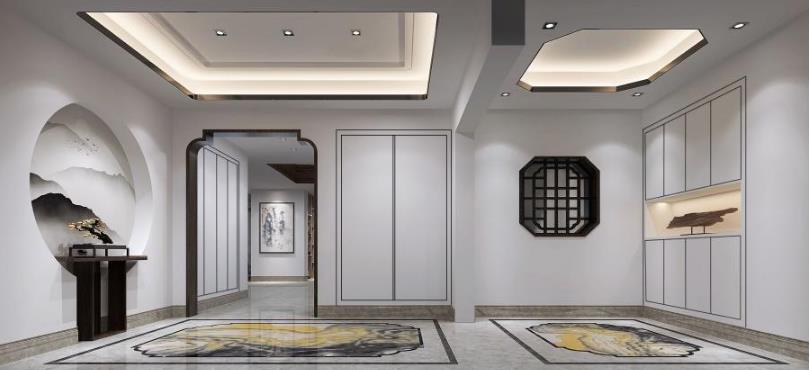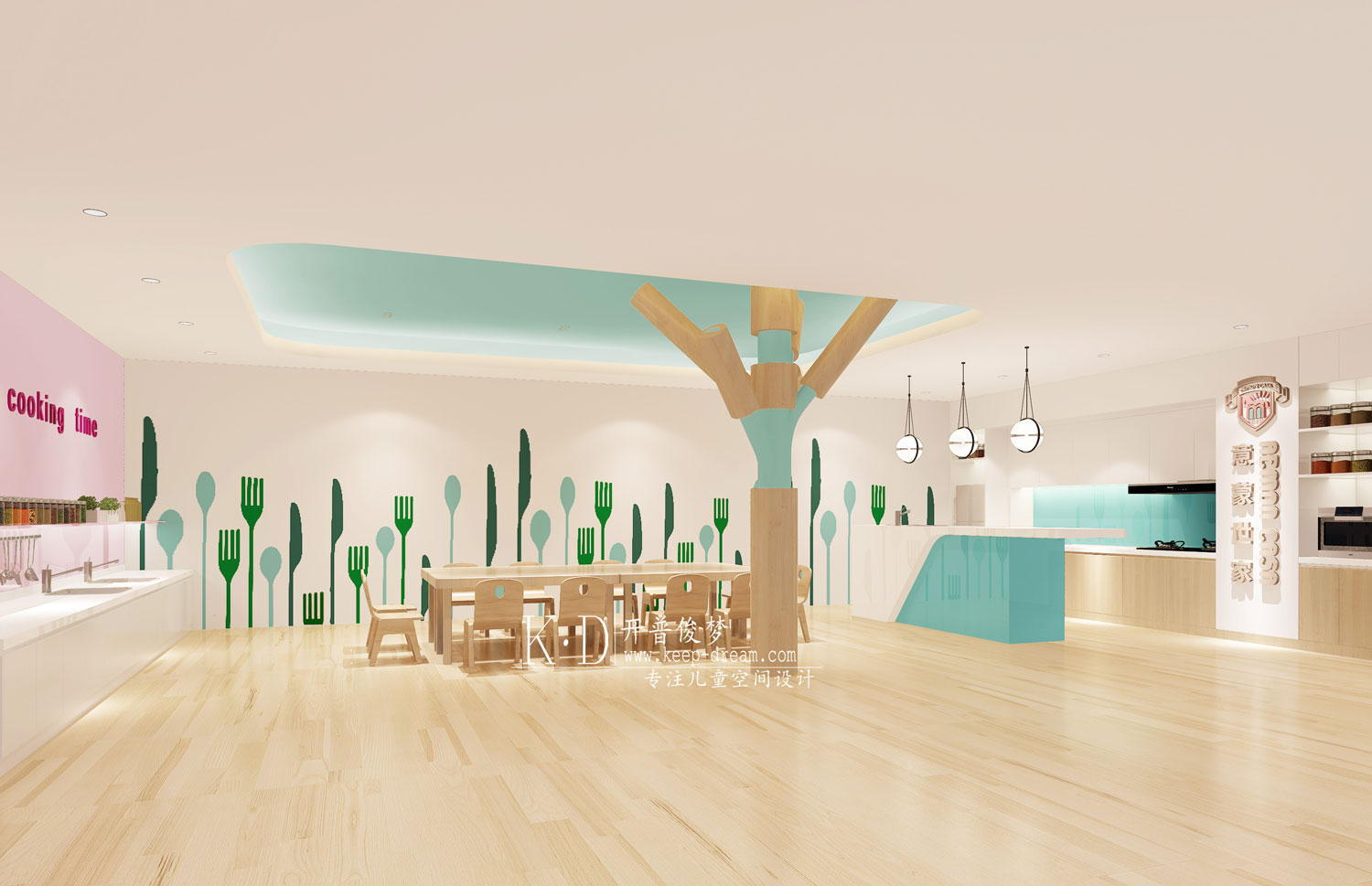My House
2017-06-06 20:00
架构师提供的文本描述。有些建筑师是受虐狂。有些建筑师很容易自我毁灭,不是以一种有趣的冒险的方式,而是以一种无聊的“我过度工作,被剥削和没有实现”的方式。随着研究的出现,工作条件似乎会导致该行业内一些重大的心理健康问题。
Text description provided by the architects. Some architects are masochists. Some architects are readily self-destructive, not in a fun adventurous way, but in a boring “I’m over-worked, exploited and unfulfilled” way. As research emerges, it appears working conditions can lead to some significant mental health issues within the profession.
关于工作条件的许多问题在我写的“工作/生活/工作平衡”(Work/Life/Work Balance)的文章(令人惊讶的流行)中有详细的描述,这些文章发表在Parlour,Arch当时我没有公开这篇文章是我自己与精神健康斗争的结果。在许多方面,这篇文章不仅是对工作条件的咆哮,更是一种宣泄。
Many of the issues surrounding working conditions are detailed in the (surprisingly popular) essay I wrote: Work/Life/Work Balance published on Parlour, Archdaily and the AMA website. I didn’t make public at the time that the essay was a result of my own struggles with mental health. In many ways the essay was not just a rant about working conditions, as much as it was a catharsis.
“在澳大利亚,据估计,45%的人在一生中将经历精神健康状况。在任何一年中,大约有100万澳大利亚成年人患有抑郁症,超过200万人患有焦虑。“超越蓝色
“In Australia, it's estimated that 45 per cent of people will experience a mental health condition in their lifetime. In any one year, around 1 million Australian adults have depression, and over 2 million have anxiety.” Beyond Blue
冬天快结束了,我去看了我的医生,讨论我日益增长的焦虑和压力。在讨论心理健康的时候,我的医生指出,在冬季末/早春的几个月里,寻求帮助的病人人数急剧增加,可能是由于缺乏阳光和维生素D。他问我家里是什么样的。黑暗,我说。
It was the end of winter and I visited my doctor to discuss my increasing levels of anxiety and stress. Whilst discussing mental health, my doctor pointed out that he experiences a sharp spike in patients seeking help during the late-winter/early-spring months, maybe due to lack of sunlight and vitamin D. He asked me what my house was like. Dark, I said.
我的房子就是我的家。它也是奥斯汀梅纳德建筑师办公室。我和我的家人住在楼上,而奥斯丁·梅纳德建筑师则住在楼下的店面上。
My-House is my home. It is also the office of Austin Maynard Architects. My family and I live upstairs, whilst Austin Maynard Architects occupies the shopfront downstairs.
作为我恢复精神健康的一部分,我决定翻修我的家。我会用我的技能来最大化我的心理健康。我住在一个黑暗的露台上,我决定我不只是想得到更多的光。我决定创造完全对立的原始梯田空间。我的目标是建立一个两分为二的家。原来的露台仍然有其所有的问题和魅力,但新的延伸是一个明亮,精心设计的温室。露台有高高的天花板和小窗户。扩展有一个清晰的热点击屋顶。一堵大玻璃墙把厨房/就餐区打开,通向阳光普照的花园。房子中央有一个盒子,里面有一个浴室、厨房和一个供奥斯丁·梅纳德建筑师使用的公用设施。上面是一个开放的平台,到处都是植物,我们可以在上面闲逛。
As part of my return to mental wellbeing I decided I would renovate my home. I would use my skill set to maximise my mental health. I was living in a dark terrace, and I decided that I didn't just want to get more light. I decided to create the complete antithesis of the original terraces spaces. I aimed to create a dichotomous home. The original terrace remains with all of its problems and charms, yet the new extension is a bright, elaborate greenhouse. The terrace has high ceilings and small windows. The extension has a clear Thermoclick roof. A large glass wall opens the kitchen/dining area out onto the sun drenched garden. There is a box in the centre of the house that has a bathroom, kitchen and a utility area for Austin Maynard Architects. Above is an open platform, full of plants, that we lounge around on.
我的房子是我住的一个实验。我不敢把这个家强加给我的客户。它打破了许多重要的规则,往往不是一个好的方式。我的房子让阳光照在房子不应该的地方。虽然这是一个非常可持续的家庭,我的房子没有我为其他人设计的住宅那么热。隐私和个人舒适的问题经常在我家受到挑战。正是出于这些原因,我和我的家人也喜欢它。
My-House is an experiment that I live in. It is a home that I dare not impose on my clients. It breaks many important rules, often not in a good way. My-House lets in sunlight where a house should not. Whilst it is a very sustainable home, My-House is not as thermally efficient as the homes I design for others. Issues of privacy and personal comfort are often challenged in My-House. It is for these reasons that my family and I also love it.
 举报
举报
别默默的看了,快登录帮我评论一下吧!:)
注册
登录
更多评论
相关文章
-

描边风设计中,最容易犯的8种问题分析
2018年走过了四分之一,LOGO设计趋势也清晰了LOGO设计
-

描边风设计中,最容易犯的8种问题分析
2018年走过了四分之一,LOGO设计趋势也清晰了LOGO设计
-

描边风设计中,最容易犯的8种问题分析
2018年走过了四分之一,LOGO设计趋势也清晰了LOGO设计






































































































